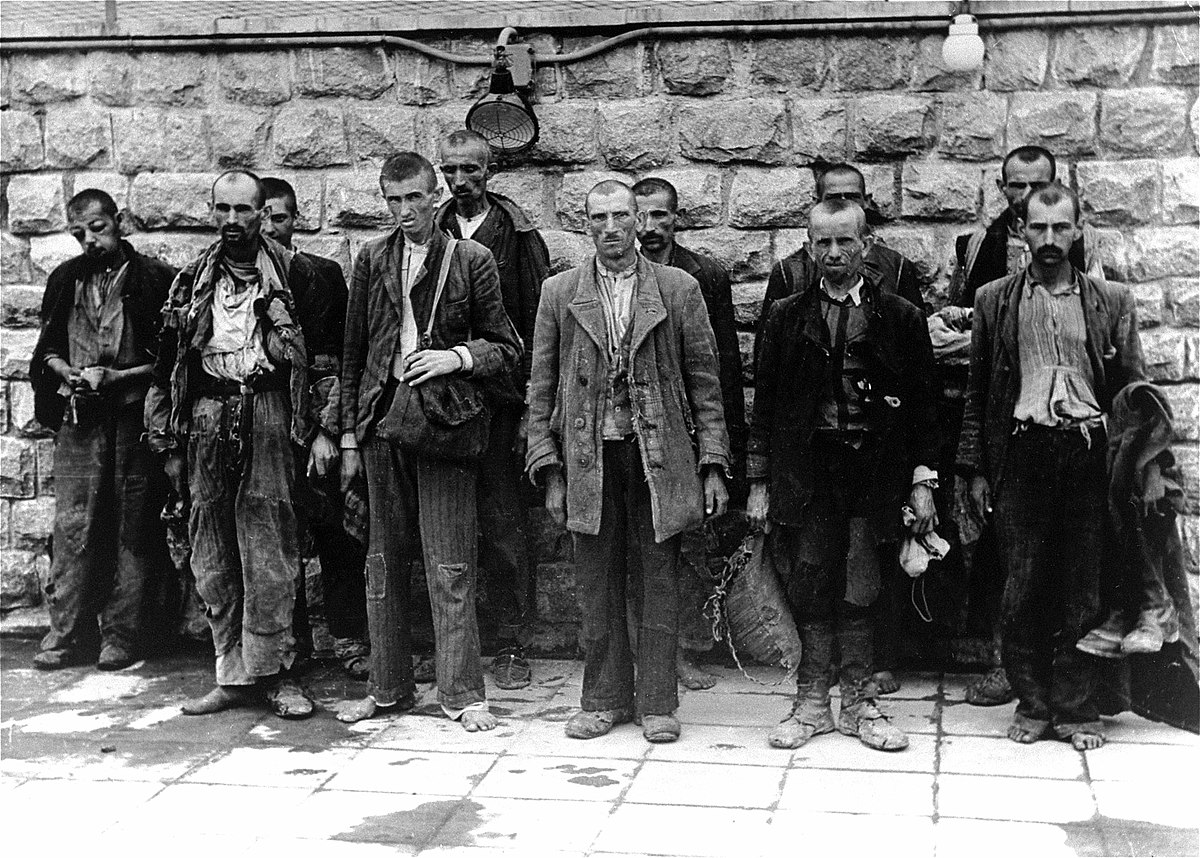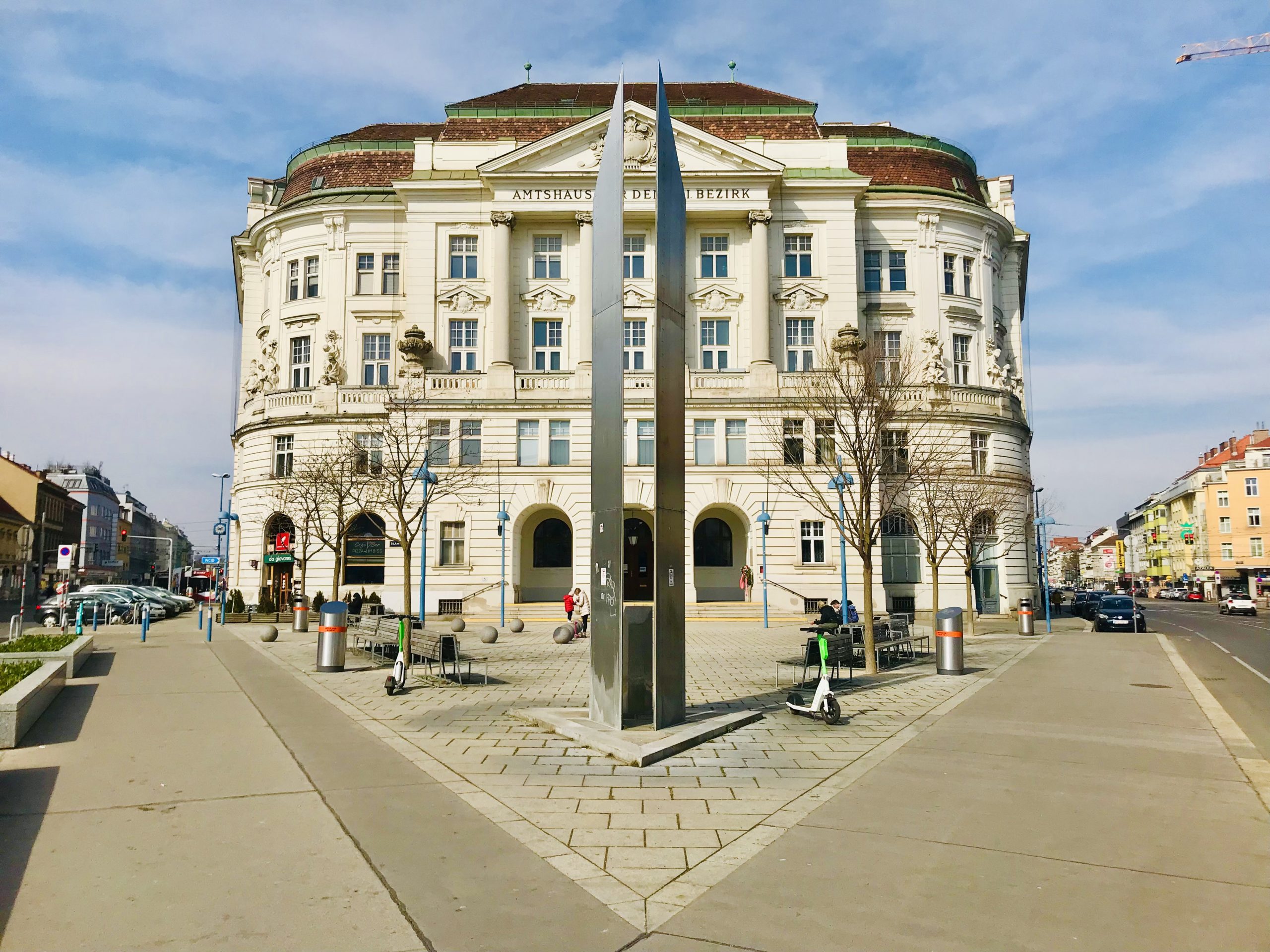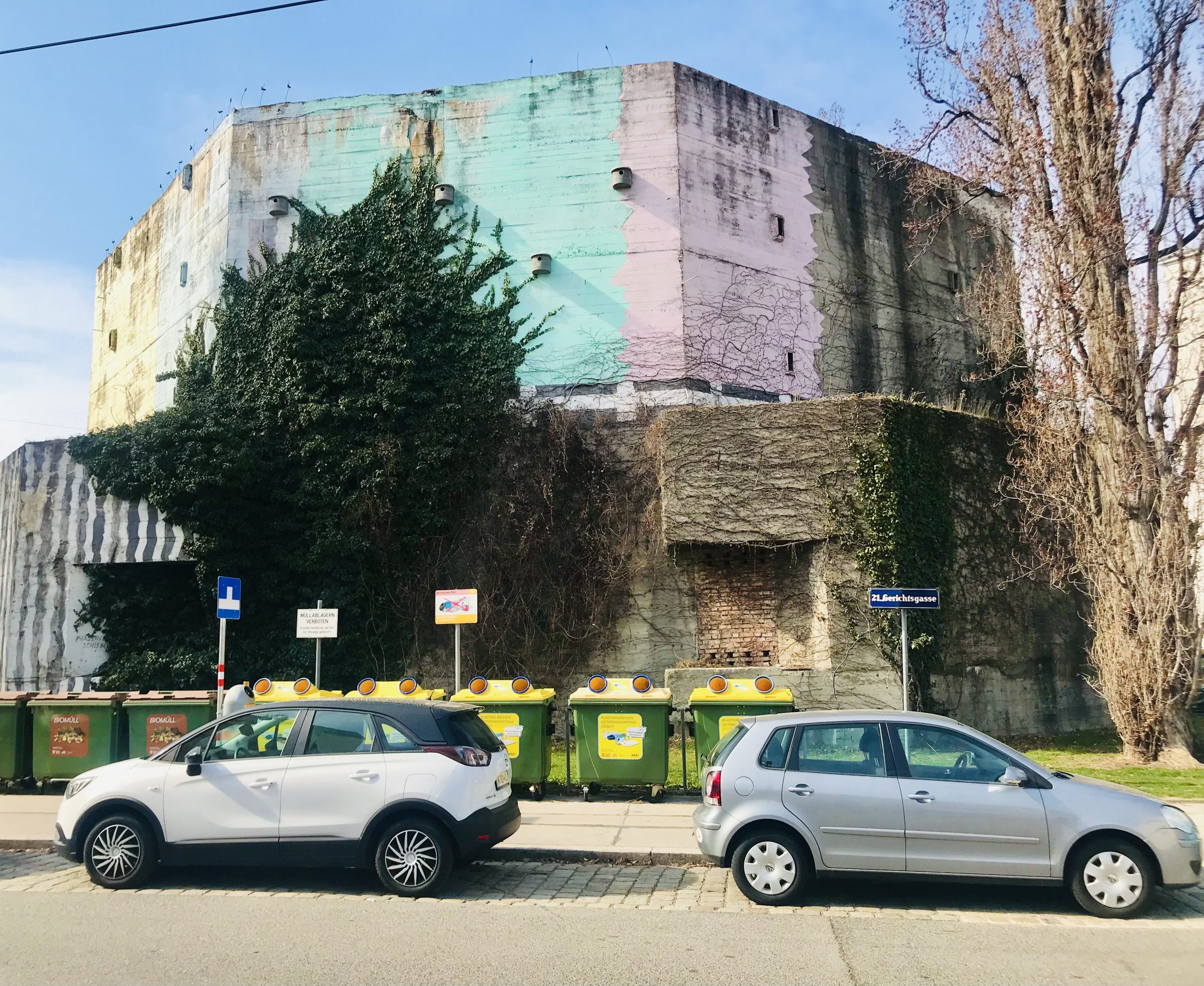
AN IMPRESSIVE UNESCO DESIGNATED RATHAUS AND A UNIQUE SMOKED BEER DEFINE THIS MEDIEVAL JEWEL AT THE CONFLUENCE OF TWO RIVERS
Table of Contents
A UNESCO Heritage Site since 1993, Bamberg is located at the confluence of the Regnitz and Main rivers. Unique in that it extends over seven hills each crowned by a beautiful church, Bamberg has been dubbed the “Rome of Franconia.” The town was first mentioned in 902 A.D. With a condensed historical town center, there are several things to do in Bamberg that will be the highlights of your visit.
A BRIEF HISTORY
For a brief period in the 11th century, Bamberg was the center of the Holy Roman Empire. Pope Benedict VIII visited Bamberg in 1020 and consecrated several of the town’s churches. The church would dominate much of Bamberg for the next few centuries. From 1626–1631, witch trails consumed Bamberg and neighboring Wurzburg.
During the 16th and 17th centuries, portions of the Holy Roman Empire were affected by a “Little Ice Age” that resulted in a drop in temperatures and repeated catastrophic crop failure. Needing a responsible party to blame (and unable to scientifically explain the dramatic climate change), the peasants turned their attention to members of the community they assessed to be engaged in witchcraft. In total, over 1000 individuals would ultimately be tried, executed and held at the Drudenhaus (witch prison), which was built in 1627.
In more recent times, Adolf Hitler chose the city in 1926 as the location for the Bamberg Conference — an effort by Hitler to foster unity and stifle dissent within the young Nazi party. Miraculously, Allied bombs only destroyed 2.6% of Bamberg during WW2 so most of the city was preserved for us to enjoy today.
HOW TO SPEND ONE DAY IN BAMBERG
If you like exploring medieval town centers then you will love Bamberg. Built on the water, this medieval jewel is incredibly unique and scenic. There are cafes all along the waterfront. Notably, the town is connected by a series of bridges and cobblestoned alleys that you can wander to your heart’s content. If you are curious and enjoy discovering ancient streets, there is no shortage of things to see and do in Bamberg.
THE ALTES RATHAUS
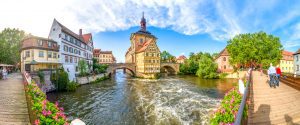 travelcircus.de
travelcircus.de
Bamberg is well known for its famous Brücken (bridges) and Altes Rathaus (Old Town Hall). A UNESCO World Heritage Site, the Rathaus is one of the most impressive examples of medieval architecture in the world.
In 1455, Bamberg’s inhabitants built bridges to join the upper and lower towns. The bridges connected on an island located in the middle of the Regnitz River. Uniquely situated on this island is the impressive Altes Rathaus, rebuilt in the 1750s. According to local legend, when the bishop of Bamberg refused to grant land for the construction of a town hall, the citizens went ahead and built the island and the town hall.
FOOT BRIDGES
The endless bridges that cross the river are what make Bamberg unique. Explore this town on foot and discover what it has to offer. This is really one of the main highlights of Bamberg.
TUNNELS
Bamberg also boasts several underground tunnels beneath the town. The tunnels were originally constructed as mines to supply sandstone. The money from these mines paid for the magnificent structures in the town. Although mining came to an end in 1920, the 7.5-mile (12.1 km) network of tunnels remained. During WW2, German war-time industry was moved underground to avoid bombs. German workers pulled 24 hour shifts underground producing spark plugs and electrical components to support the war effort. Additionally, the tunnels were used as air-raid shelters and could accommodate for 20,000 citizens.
Interested in taking a Tunnel Tour? Learn more here. Purchase tickets at the Bamberg Tourist Information Center, ADDRESS: Geyerswörthstraße 5, 96047 Bamberg.
OTHER HISTORICAL SITES
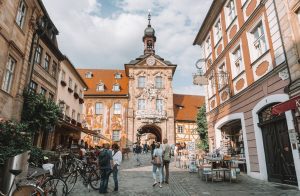 goodmorningworld.de
goodmorningworld.de
Other unique historical sites in Bamberg include the 11th century Alte Hofhaltung (Old Palace), the early 12th century Altenburg Castle, and the early 17th century Neue Residenz (New Residence). Also of note is the Klein Venedig (Little Venice), the 17th-century timber constructed fisherman’s quarter located along the Regnitz River near the Altes Rathaus. These are all located in the same section of town and you will encounter these places around the Altes Rathaus.
SMOKED BEER (RAUCH BEER)
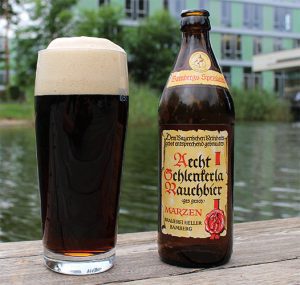 holdmybeer.de
holdmybeer.de
Want to try something that is distinctly Bamberg-ian? Bamberg has its own distinct style of beer that harks back to before the industrial age. You won’t find smoked beer readily available outside of Bamberg. Replicating an ancient process, the malt for the beer is roasted over a beechwood fire instead of being dried an oven. In this way, the smoke from the fire imparts a distinct smoke flavor when the beer is brewed. Smoked beer is certainly “different” and worth giving a try.
BREWERIES
Like beer? You have hit the motherlode. Bamberg is home to nine breweries: Brauerei Fässla, Brauerei Greifenklau, Brauerei Heller-Trum (Schlenkerla), Brauerei Kaiserdom, Keesmann Bräu, Klosterbräu, Mahrs Bräu, and Brauerei Spezial, and a brewpub, Ambräusianum. The most famous Rauchbier breweries are the Schlenkerla Brewery and the Spezial Brewery. Both Schlenkerla and Spezial have pubs featuring their famous brew, which the locals refer to as “liquid bacon.” Zymurgists (beer experts) will appreciate the fact that Schlenkerla is a sixth-generation family brewery established in 1405 who still serves beer the old fashioned way — from wooden barrels.
OUR EXPERIENCE SPENDING THE DAY IN BAMBERG
What started as a brief side trip en route from Nuremberg to Vienna, turned into a magical evening as we strolled along the streets of this charming medieval town. We parked our vehicle at the spacious Parkhaus Centrum Sud (Parking Garage City Center South) located on Schützenstraße 2. We then walked on foot to the Salino Pizzeria, a fantastic modern Italian restaurant featuring a wood-fired oven. (The pizza and pasta were first-rate.) Our tummies full and a few glasses of wine later, we hit the streets of the old town, eventually making our way to the Altes Rathaus.
The evening lighting on the Altes Rathaus was spectacular and it was well worth the time to stop and admire the beautiful frescoes painted on the structure. We were amazed at the unique construction of the Altes Rathaus –large portions of this magnificent structure appeared to defy gravity as they hovered over the river below.
We lost ourselves in the old city and eventually made our way up a winding street to the Bamberg Cathedral, the Alte Hofhaltung, and the Neue Residenz. We explored the top of the hill for a brief period before making our way back to the Old Town. The streets were alive as the overflow crowds from the Rauch (smoked) beer breweries poured onto the cobblestone streets with pints in hand. Strolling through the cobblestone streets of the city at dusk and during the evening hours created an ambiance that harked back to the medieval days.
Overall, we found Bamberg to be a highly explorable city — cute, yet interesting and at times downright intriguing.
PRO TIPS AND OTHER THINGS TO DO IN BAMBERG
PRO TIP 1. Bamberg is best explored on foot. Park your vehicle and hit the cobblestone as soon as possible. Alternatively, bicycle paths along the rivers create another means of exploration.
PRO TIP 2. Devote the majority of your time exploring the Altes Rathaus, the network of bridges, and the Old Town. After visiting the major sites, meander down the medieval alleyways in the Old Town.
PRO TIP 3. Visiting the Old Town in the evening creates a certain “medieval mood” that can’t be replicated during the daylight hours. In fact, one feels as though they should be carrying a candle or lantern. At the Altes Rathaus, take time to gaze at the intricate frescoes painted on the exterior of the building, then step inside to check out the Rococo hall.
NEAR THIS PLACE
TRAVEL GUIDE | ROTHENBURG OB DER TAUBER. Rothenburg ob der Tauber, a fairytale Bohemian town of gingerbread buildings surrounded by an impressive medieval wall located along Germany’s Romantic Road.
TRAVEL GUIDE | REGENSBURG. A UNESCO World Heritage Site, Regensburg has the largest preserved medieval old town north of the Alps. Regensburg also has several fine Roman exhibits.
TRAVEL GUIDE | LIMBURG AN DER LAHN. The impeccable medieval town of Limburg an der Lahn features the oldest free-standing house in Germany and the House of Deadly Sins.
TRAVEL GUIDE | NAZI PARTY RALLY GROUNDS. The Nazi Party Rally Grounds in Nuremberg, a deserted Zeppelin airfield, the unfinished Congress Hall, and other structures that once hosted one of history’s most evil man and his devoted followers.
TRAVEL GUIDE | NUREMBERG PALACE OF JUSTICE. Evil was on trial in courtroom 600 of the Nuremberg Palace of Justice.
TRAVEL GUIDE | SCHWÄBISCH HALL. A medieval time-capsule of lanes, soaring massive half-timbered houses, and covered bridges that are straight out of a Brothers Grimm fairy-tale.
BEST PLACES TO STAY
CHALET WEINBERG. This unique upscale minimalist lodging was located in the village of Wurgau on the outskirts of Rothenburg. This accommodation, with separate spacious self-contained apartments, also offered a delicious breakfast (which was included). ADDRESS: Oberer Weinberg 22, 96110 Würgau, Germany.
LIMEHOME BAMBERG MAXIMILIANSPLATZ. Modern accommodation in the heart of Bamberg pedestrian zone and near other historical sights. FREE Wifi. Be in the center of the action. ADDRESS: 6 Maximiliansplatz, 96047 Bamberg, Germany.
HOTEL NEPOMUK. This historic timber-framed hotel is located on the Obere Mühlbrücke bridge. Scenic views of Bamberg’s old town quarter and FREE Wifi. A unique stay on the water. ADDRESS: Obere Mühlbrücke 9, 96049 Bamberg, Germany.
HOTEL WOHNBAR. Eclectic boutique hotel in a historic building in Bamberg’s town center near Little Venice. Combining Franconian and Mediterranean design, each room is unique. ADDRESS: Stangsstrasse 3, 96047 Bamberg, Germany.
MONELLO APARTMENTS. Spacious and modern, a 10-minute walk to Old Town. Self-catering apartments with sleeping and living areas. Great for families. ADDRESS: Luitpoldstrasse 34, 96052 Bamberg, Germany.
RESOURCES
Bamberg UNESCO World Heritage Site
Top 10 Things to See and Do in Bamberg, Germany
![]()




